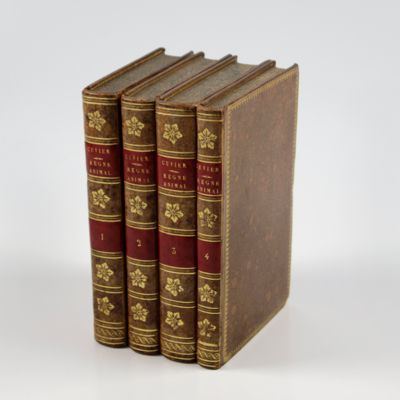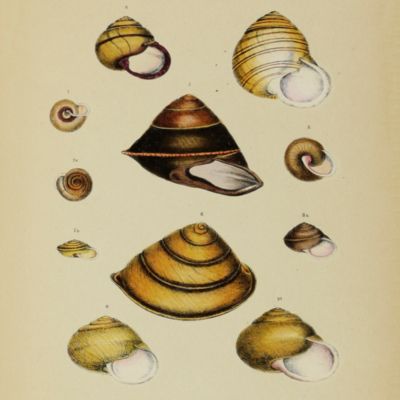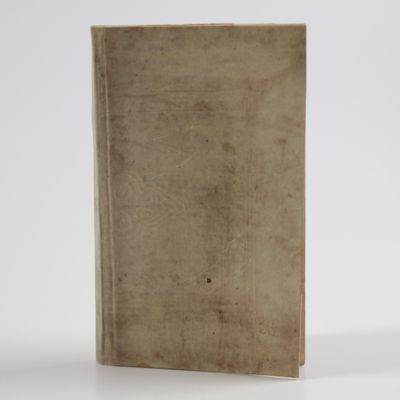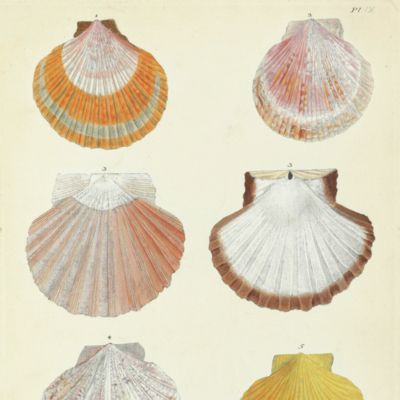Cuvier, G. [L. C. F. D.]
Le Regne animal distribué d'apres son organisation, pour servir de base a l'histoire naturelle des animaux et d'introduction a l'anatomie comparée. Avec figures, dessinées d'après nature.
Paris, Deterville, 1817. Four volumes in four. 8vo (21.0 x 13.4 cm). 2072 pp. [I: xxxvii, 540; II: xviii, 532; III: xxix, 653; IV: viii, 255]; 15 engraved plates. Uniform contemporary full mottled calf. Spines rich gilt with floral vignettes and ornamental, straight and stippled bands; two red morocco labels with gilt title. Boards with elaborate gilt borders. Edges gilt-lined; gilt inner dentelles. Marbled endpapers. Marbled edges.
Superbly bound, first edition of this ground-breaking work by the French zoologist and anatomist Georges [Jean] Léopold Dagobert Cuvier (1769-1832), which lays the foundation for comparative zoology and phylogeny. Cuvier "laid the foundations of comparative anatomy. ... It is in his classification of the animal kingdom into four main groups, Vertebrata, Mollusca, Articulata and Radiata, that he so notably succeeded in giving a lead that has been followed by all his successors. In contradiction to the current view that the structure of an animal determined its functions and habits Cuvier held that an animal's structure was due to its functions and habits. ... He also saw that ... homogeneity in an individual should enable a competent naturalist to reconstruct a complete animal from any significant part of its anatomy" (PMM). Provenance: on the front pastedowns the modest armorial bookplate of Amable Guillaume Prosper Brugière, Baron de Barante (1782-1866) a French statesman and historian, his ancestors and his heirs. Associated with the centre-left, he was described in France as "the first man to call himself, without any embarrassment or restriction, a Liberal" (Wikipedia). The French poet, Anatole France called him an "Homme de beaucoup de tact, de sens et de finesse". A very beautiful and attractive copy. Cat. BM(NH) p. 410; Nissen ZBI, 1013; PMM 276; Casey Wood, p. 307.






![image for [Reply letter]. Testimonial to Mr. Darwin. - Evolution in the Netherlands.](https://schierenberg.nl/media/cache/product_thumb/72378/72378_x.jpg)


